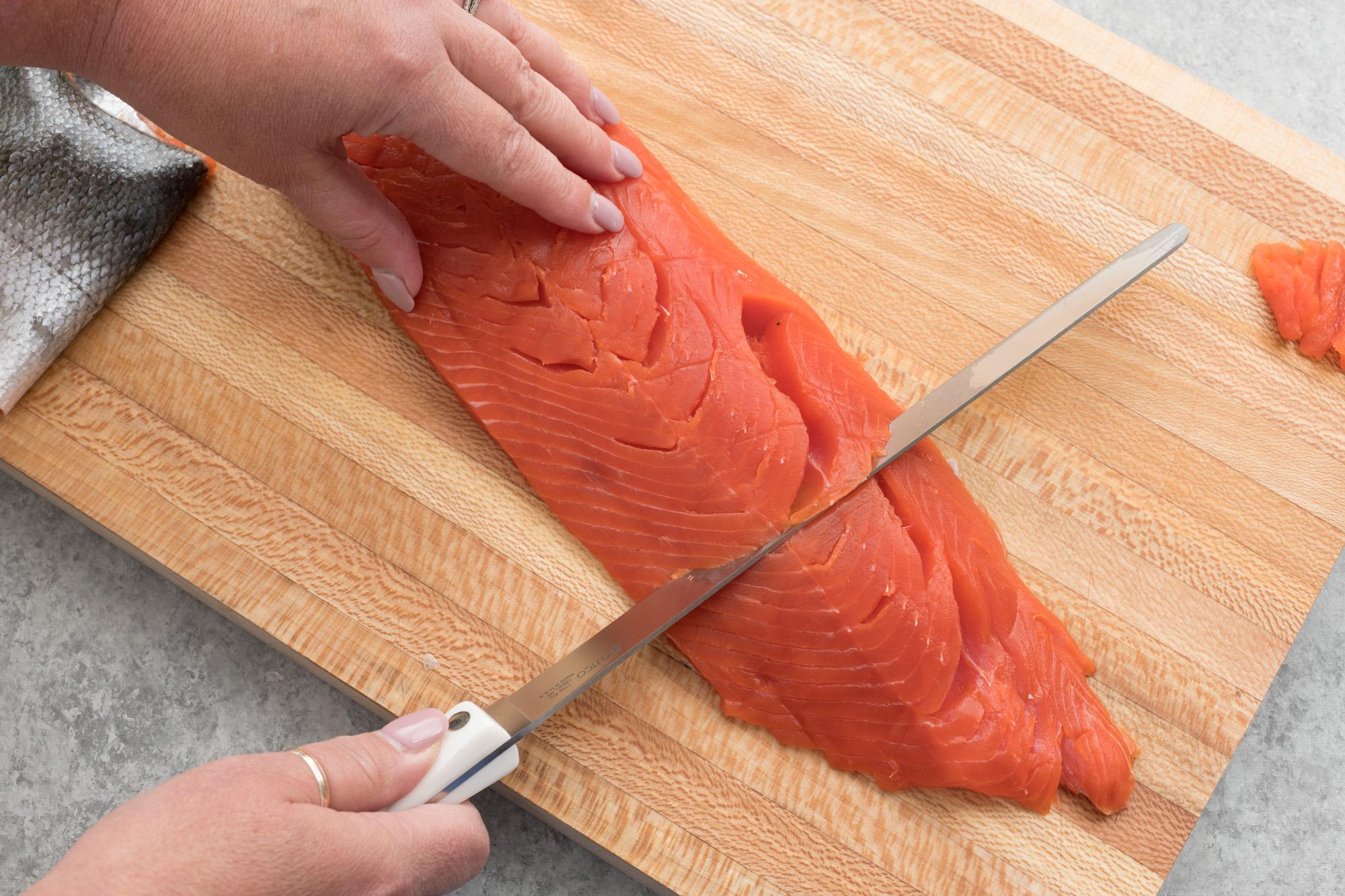How to Clean a Pocket Knife Blade: A Barbecue Enthusiast's Guide
Written By James Morgan
As a dedicated barbecue enthusiast, your pocket knife is one of your essential tools. From slicing meat to dicing veggies, your knife sees it all. Therefore, knowing how to clean a pocket knife blade is crucial for maintaining its performance and longevity. This article will delve into the steps, tips, and tricks to keep your knife perfect for your next barbecue session.

Why Cleaning Your Pocket Knife Blade is Important
Regularly cleaning your knife blade is essential for several reasons. Firstly, it ensures hygiene and food safety. When preparing food, especially meat, you want to ensure that no residual bacteria or food particles are on your blade. Secondly, a clean knife performs better. Dirt and grime can dull the blade, making it less efficient. Finally, proper cleaning and maintenance help extend the life of your knife, saving you money in the long run.
The Basics of Cleaning a Pocket Knife Blade
Before we dive into the detailed steps, let's cover some basic principles. Always clean your knife after every use, especially after cutting meat. Use mild cleaning agents to avoid damaging the blade, and always dry the blade thoroughly to prevent rust.

Step-by-Step Guide to Cleaning Your Pocket Knife Blade
1. Gather Your Supplies
You'll need some basic supplies to clean your knife blade effectively:
- Mild dish soap
- Warm water
- A soft cloth or sponge
- Old toothbrush
- Rubbing alcohol (optional)
- Lubricant or knife oil
2. Disassemble the Knife (If Possible)
If your pocket knife can be disassembled, do so carefully. This will allow you to clean each part more effectively. If not, don't worry; you can still clean the blade thoroughly.
3. Wash the Blade
Mix a small amount of mild dish soap with warm water. Dip your soft cloth or sponge into the soapy water and gently scrub the blade. Use the toothbrush to get into the nooks and crannies. For stubborn stains, a bit of rubbing alcohol can help.
4. Rinse and Dry
Rinse the blade under warm water to remove any soap residue. Immediately dry the blade with a clean, soft cloth. Ensure that the blade is completely dry before proceeding to prevent rust.
5. Lubricate the Blade
Once the blade is clean and dry, apply a small amount of lubricant or knife oil. This helps to keep the blade in good condition and prevents rust. Wipe off any excess oil with a clean cloth.

Maintaining Your Pocket Knife Blade
Regular Inspection
Regularly inspect your knife for signs of wear, rust, or damage. Address any issues immediately to prevent them from worsening.
Proper Storage
Store your knife in a dry place, preferably in a sheath or knife case. Avoid storing it in humid environments, as this can cause rust.
Routine Sharpening
A clean blade is just the first step; keeping it sharp is equally important. Learn how to sharpen your knife to maintain its cutting efficiency. Check out this article on how to sharpen a serrated knife blade for more information.

Common Mistakes to Avoid
While cleaning your pocket knife blade is straightforward, there are common mistakes to avoid:
Using Harsh Chemicals
Harsh chemicals can damage the blade's finish and potentially affect the steel's integrity. Stick to mild soap and water.
Soaking the Knife
Never soak your pocket knife in water. This can lead to rust and corrosion, especially in the pivot areas.
Neglecting the Handle
While the blade is crucial, don't neglect the handle. Clean it regularly to ensure a secure and comfortable grip.
Additional Resources
For further reading, check out these resources:
- How to Remove Rust from Knife Blade
- How to Change Utility Knife Blade
- How to Remove Nicks from a Knife Blade
- How to Clean a Rusty Knife Blade
FAQ Section
1. How often should I clean my pocket knife blade?
It's best to clean your pocket knife blade after every use to ensure it remains in top condition, especially if you've used it to cut food.
2. Can I use vinegar to clean my knife blade?
Yes, vinegar can be used to remove light rust and stains. However, be sure to rinse and dry the blade thoroughly afterward to prevent corrosion.
3. What should I do if my knife blade starts to rust?
If your knife blade starts to rust, address it immediately. Check out our detailed guide on how to remove rust from a knife blade.
If you want to learn more about different knives and their uses, visit this guide on knife uses
As an Amazon Associate, I earn from qualifying purchases.



